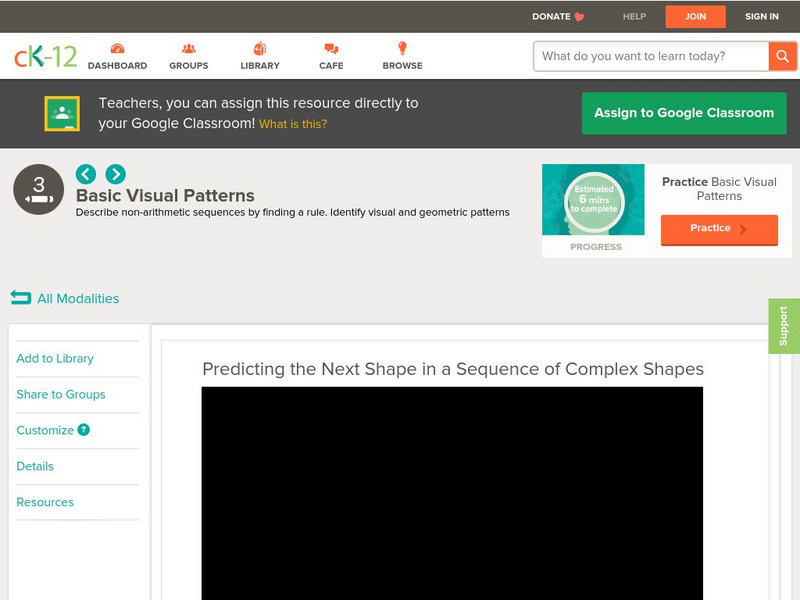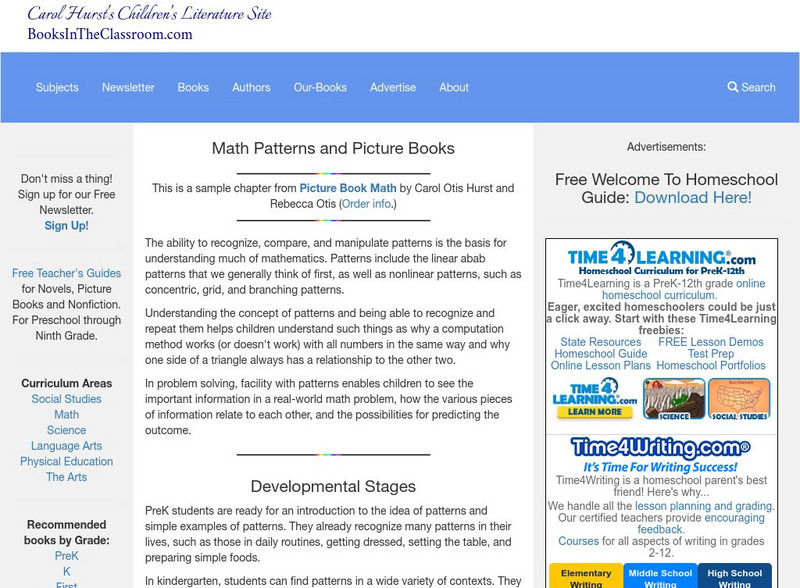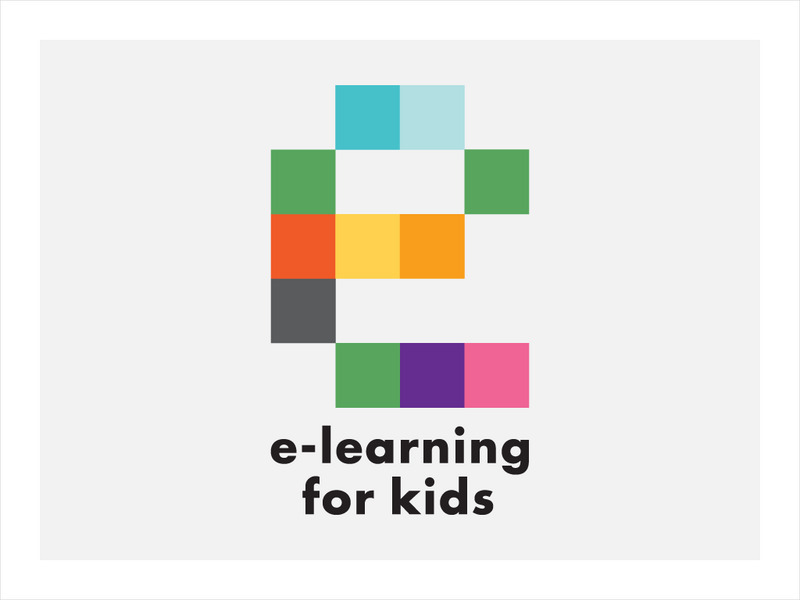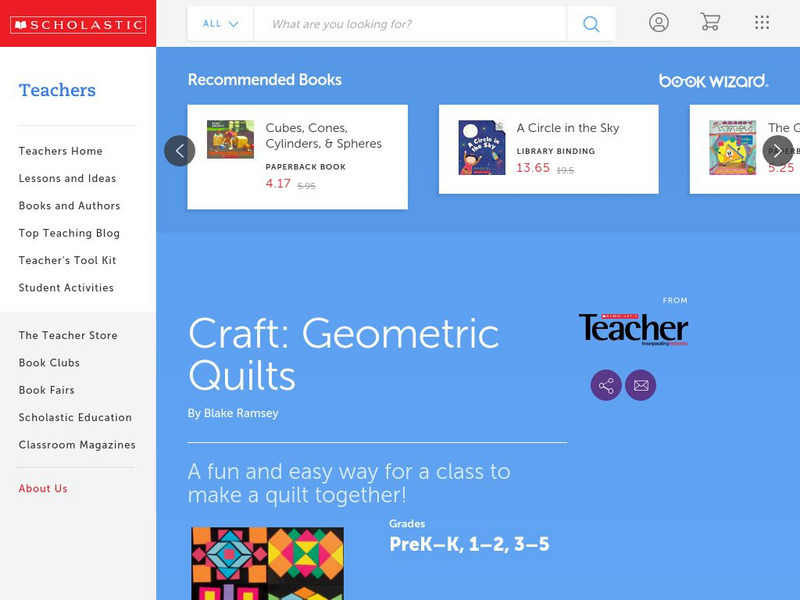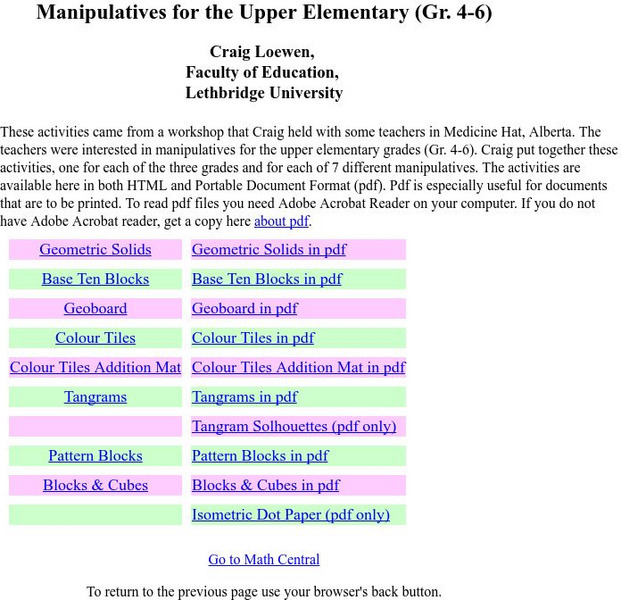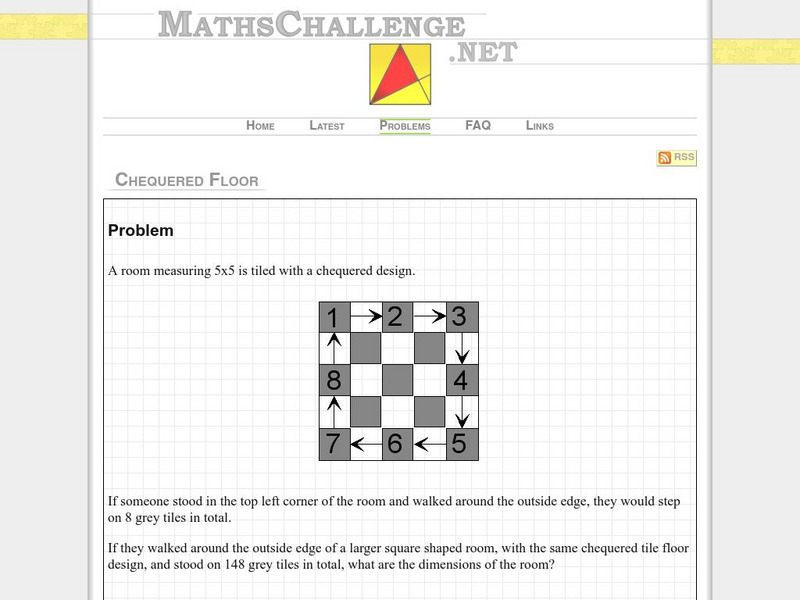Hi, what do you want to do?
Curated OER
Impossible Graphs
Students distinguish between possible and impossible graphs of functions, and to learn why some graphs are impossible. They have practiced plotting functions on the Cartesian coordinate plane
Curated OER
The Tiled Courtyard
Fifth graders use the guess and check technique to solve a problem involving transformations. They work with a grid and criteria provided by the teacher to solve a sequence with black and white rows.
Curated OER
Analyzing 3-D Shapes and 2-D Representations
Students can analyze 3-D objects better with actual physical models and by also drawing 2-D representations of them.
Curated OER
Blindfolded Building
Learners build a Lego design and then work with a partner to reproduce that design. They guide the building of the reproduction by description only and then check their work.
PBS
Pbs: Toothpicks: Patterns in Geometric Shapes
How can you describe the pattern made by a growing triangular shape? This interactive exercise focuses on using what you know about pattern recognition and completing a table so you have data you can use to graph the coordinates on a...
PBS
Pbs Learning Media: Toothpicks: Patterns in Geometric Shapes
This interactive exercise focuses on determining probabilities associated with repeated coin tosses and building tree diagrams to take math out of the classroom and into the real world.
Other
The Actuarial Foundation: Math Academy: Can You See It in Nature? [Pdf]
Students will build, extend, describe, predict, graph and generate rules for patterns and functions designed to help students understand the connection between geometric and numerical patterns (younger students) as well as between...
CK-12 Foundation
Ck 12: Elem Math: Predicting the Next Shape in a Sequence of Complex Shapes
[Free Registration/Login may be required to access all resource tools.] Students watch a video and try practice problems on identifying and continuing geometric patterns.
Books in the Classroom
Carol Hurst's Children's Literature Site: Patterns and Picture Books
CarolHurst.com provides a sample chapter from Picturing Math, which teaches geometric concepts using picture books and activities.
E-learning for Kids
E Learning for Kids: Math: Living in the Mill: 2 D Shapes
Students can use this interactive site to practice various geometric concepts such as rotations, reflections, translations, tesselations and geometric patterns.
PBS
Pbs Learning Media: Finding Patterns to Make Predictions
Make predictions then explore the patterns found in everyday objects like stairs. This interactive exercise focuses on developing an equation to represent a mathematical rule and working with virtual manipulatives to visualize a concept,...
Scholastic
Scholastic Instructor: Geometric Quilts
Find out how quilting and math go hand in hand when you visit this comprehensive resource. This resource provides a lesson plan for integrating geometry concepts with quilt making.
University of Regina (Canada)
University of Regina: Math Central: Manipulatives for the Upper Elementary (Gr. 4 6)
Many teachers find it more challenging to incorporate the use of manipulatives into their mathematics programs at the upper elementary or middle school grades. Activities using manipulatives are provided for grades four, five, and six...
University of Cambridge
University of Cambridge: Nrich: Instant Insanity
Excellent interactive challenge working with cube nets to stack them in a specific order. Manipulate the cubes online to solve the problem.
PBS
Pbs Learning Media: Math + Arts: Geometric Quilts
In this lesson, young scholars will create a class quilt of nine patch paper quilt blocks using geometry.
National Council of Teachers of Mathematics
The Math Forum: Line Symmetry
This site from The Math Forum is a great site if you are looking for activities to engage your students in learning about line symmetry. Peruse this collection of activities for one or two or four that would be right for your students....
Maths Challenge
Maths challenge.net: Chequered Floor
A problem involving patterns to find the solution to this sequence problem.
Other
The Math Learning Center: Pattern Shapes
Students use pattern shapes to explore geometry and fractions, creating their own designs, or filling in outlines. As they work with the shapes students explore geometric relationships, think about angles, investigate symmetry, and...
PBS
Pbs Learning Media: Math + Arts: Shapes & Patterns
In this lesson, students will watch videos about shapes and identify shapes in their environment and in art. Links to the videos are at the bottom of the lesson overview, other material links are also provided.
PBS
Pbs Parents: Early Math
Help nurture the development of early math skills -- from infant to grade 2. Site provide information about math literacy and developmental stages. For each age range, you will find several online games and printable activities for core...
University of Cambridge
University of Cambridge: Nrich: Net Cuts
In this enrichment game, the nets for nine solids are displayed. The twist is that each net has been cut into two pieces. The challenge is find the pieces that go together.
University of Cambridge
University of Cambridge: Nrich: Doplication
On this one page website sharpen your logic and pattern extension skills while working on this challenge. The solution is available to double check your solution.
PBS
Pbs Learning Media: Stomp
In this video segment from Cyberchase, performers from STOMP! illustrate patterns using inventive and exciting rhythmic melodies.











